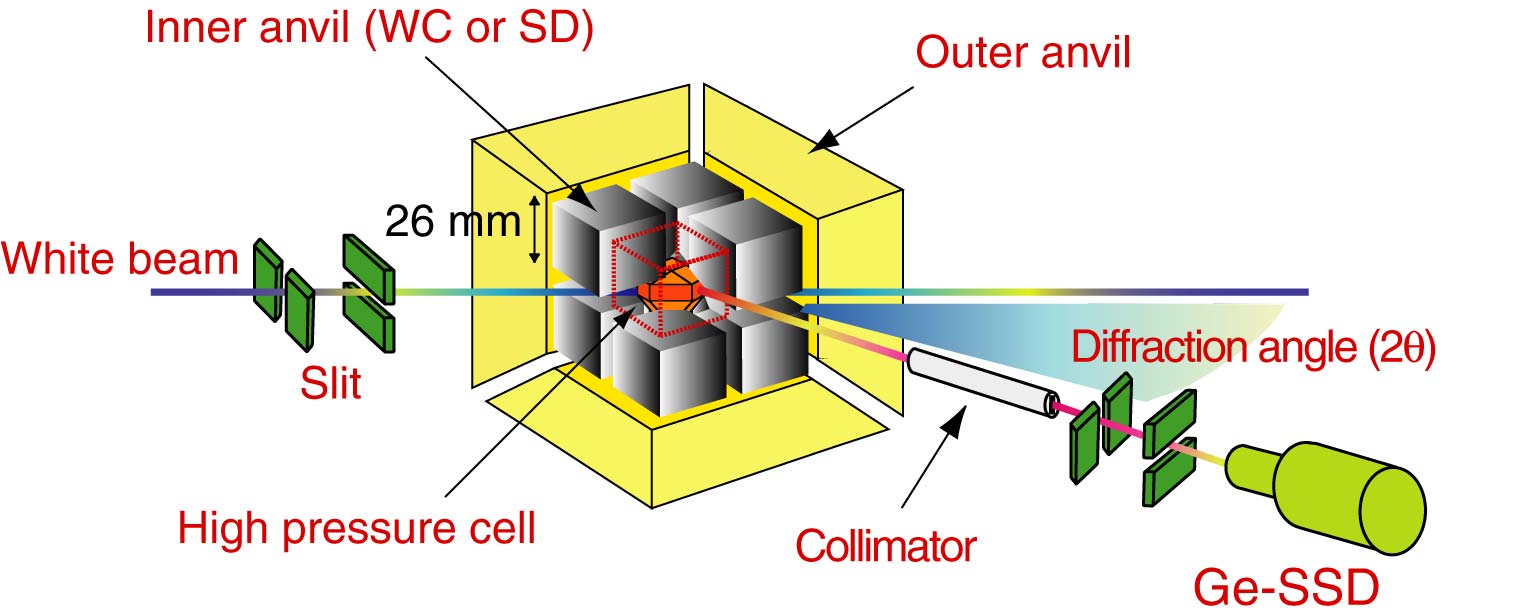
- #XRAY DIFFRACTION ANALYSIS HOW TO#
- #XRAY DIFFRACTION ANALYSIS PDF#
- #XRAY DIFFRACTION ANALYSIS FULL#
- #XRAY DIFFRACTION ANALYSIS SERIES#
Among the refined parameters are scale factors for each phase, from which the quantitative analysis is derived.
#XRAY DIFFRACTION ANALYSIS FULL#
In a Rietveld refinement, we use the crystal structures of all of the phases and diffraction physics to do a least-squares modeling of the full diffraction pattern. While these traditional single-peak or peak-cluster techniques can be used if necessary, Poly Crystallography generally determines quantitative phase analyses by the Rietveld method. Billinge, Powder Diffraction: Theory and Practice.
#XRAY DIFFRACTION ANALYSIS HOW TO#
To learn more about how to identify trace phases, come to the workshop on Trace Phase Identification Using Chemical Information at the 2010 Denver X-ray Conference (taught by Tim Fawcett and Jim Kaduk. New compounds not present in the database, are (of course) tougher to identify, but such compounds present interesting research problems! Identifying minor or trace phases can require special techniques.
#XRAY DIFFRACTION ANALYSIS PDF#
Rigaku Wide Angle X-ray Scattering (WAXS)/Small Angle X-ray Scattering (SAXS): For determining shape and size of macromolecules and characterization of block co-polymers.Using contemporary algorithms and the PDF database, the major components of mixtures can generally be identified.Features a Photon 50™ CMOS detector which is capable of high speed data collection in shutterless operation mode.Bruker D8 Advance QUEST: Non-destructive technique that provides precise information about 3-D molecular and crystal structures of small molecule single-crystals.Provides detailed information about the internal lattice of crystalline substances unit cell dimensions, bond lengths, bond angles, and details of site-ordering.MoKα radiation (Optional CuKα source available upon request).Bruker Kappa APEXII: Non-destructive technique that provides precise information about 3-D molecular and crystal structures of small molecule single-crystals.Residual Stress and Texture Analysis of thin films.Glancing Angle X-ray Diffraction (GAXRD) – low incident angles maximize the signal from thin layers as well as offering depth profiling of the phase composition of layers.X-ray Reflectivity (XRR) – determination of thickness, density, or roughness of thin films and multilayers.Parabolic Göbel mirror and ¼-circle Eulerian cradle.

#XRAY DIFFRACTION ANALYSIS SERIES#
Bruker D8 Discover Series II: Precise and non-destructive X-ray diffraction analysis of thin films and multi-layered structures.Parabolic Göbel mirror, LYNXEYE Energy Discriminating Detector, >HTK-1200N temperature stage w/ capillary extension Bruker D8 Discover Series II: Precise and non-destructive X-ray analysis that affords qualitative and quantitative phase analysis, and characterization of various properties such as particle size, strain, and stress of polycrystalline samples.CuKα radiation, LYNXEYE-XE-T energy discriminating detector, Nine position sample changer with Phi rotation, and Electrochemical cell for in situ experiments. Bruker D8 Discover DaVinci: Precise and non-destructive X-ray analysis that affords qualitative and quantitative phase analysis, and characterization of various properties such as particle size, strain, and stress of polycrystalline samples.


 0 kommentar(er)
0 kommentar(er)
